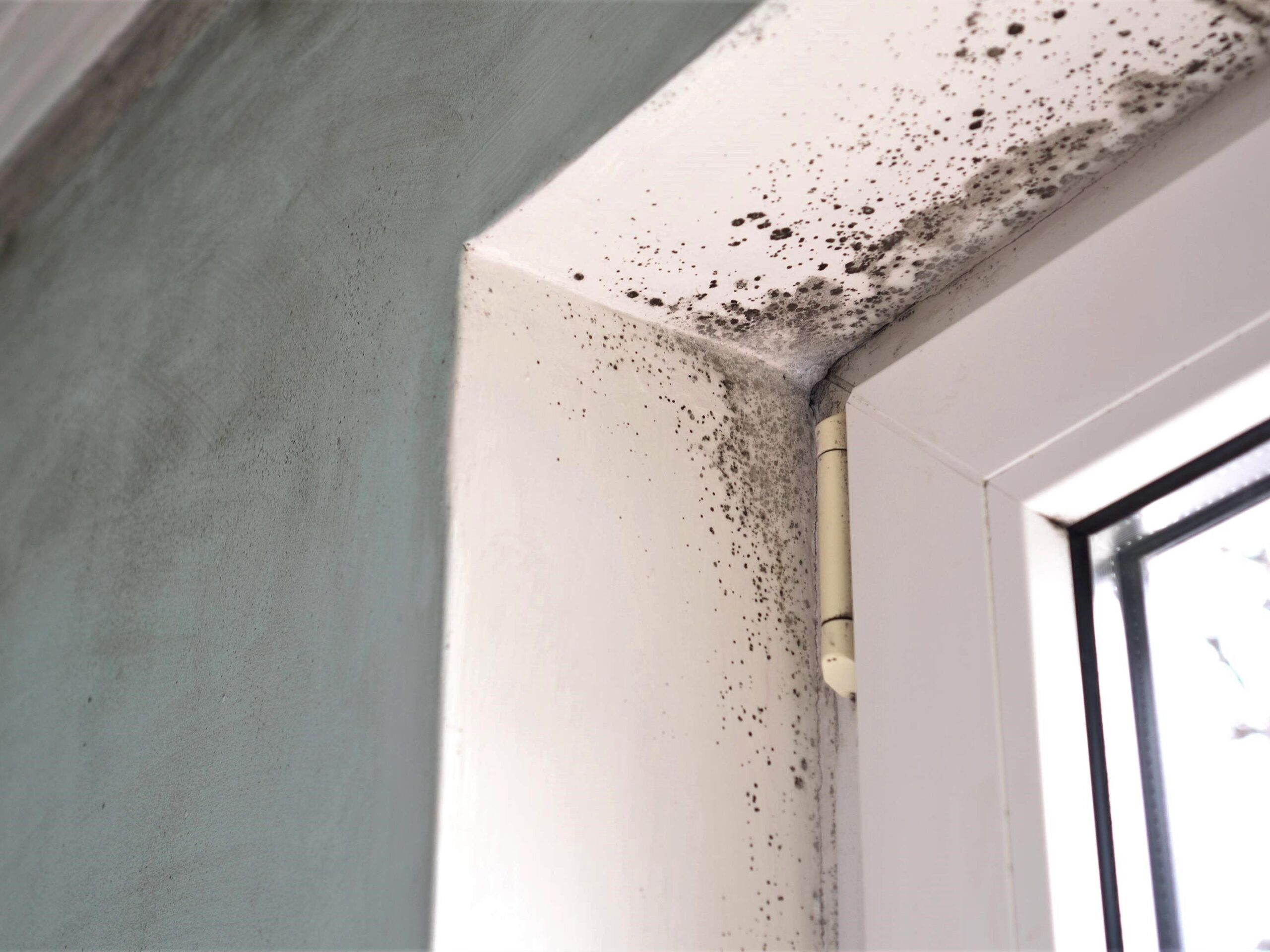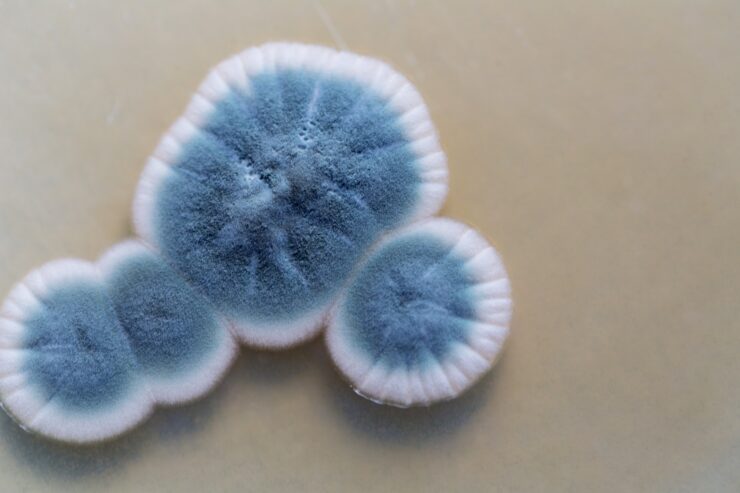Are you wondering how does UV light kill mold? Here you will get all the details. Mold is quite a severe issue in houses uncovered to water or other factors that help mold and mildew growth.
There are endless health risks related to breathing and mold exposure, so fight the mold’s growth as early as you discover it. Use warm water and bleach to clean any areas which are affected.
Regrettably, not all spores of the mold will be removed by cleaning the surface. In these cases, ultraviolet (UV) lights are effective in killing mold and its spores.
UV lamps, which provide broadband ultraviolet C light, are best for dealing with mold problems since other kinds of UV light do not do enough damage to the mold. Is that still not clear how does UV light kill mold? Let’s understand it with more details:
What is the Mold?
The term mold is used to define a fungus species found in places where humidity is abundant. Also, where light is scarce, and it can be found even in the open air. Generally, the ideal environments for mold to develop are warm places with high humidity.
If their reproduction is by means of spores, which can survive in varied environmental conditions, even in low humidity conditions, despite the fact that this slows their development.
Mold can be harmful to human health, especially for those allergic to it. Being exposed to it can cause the nasal passages to become congested, and the eyes can be irritated.
Thus, mold can be found in almost any environment, either indoors or outdoors, regardless of the time of year, with humidity and heat being the best conditions for its growth and proliferation.
Is Mold a Bacteria?
No. Different bacteria which are single-celled, molds are created of several cells (multicellular) and can occasionally be seen with our naked eyes. If viewed under the microscope, they appear like fungal-like filaments.
In many molds, their body consists of 1. root filaments that invade the food they live in. 2. a peduncle that grows on the food, and 3. the spores that form at the tip of the peduncle.
The spores are what give the mold its color. The spores are spread through the air, in the same way that dandelions spread in grasslands. Mold has “roots” and “branches” that look like very fine threads.
The roots are difficult to see when they are just growing in the food, as they are buried deep down. It is very common and possible that invisible bacterial colonies also surround food invaded by mold.
Does UV Light Kill Mold?

This answer is quite tricky and has deep impact on our daily life. Therefore, we describe the briefly in some remarkable points. Let’s find out those;
Ultraviolet (UV) Basics
Using all the dodgy sprays and gadgets sold to germaphobe’s and cleaning junkies, it’s tough to accept that a glow of light would kill molds and germs. However, the right sorts of UV light is essentially an effective germicide, capable of killing over 99% of germs.
Ultra Violet lamps are used in hospital rooms, plants, and several other places where it is crucial to kill spores, viruses, and bacteria. United with proper duct maintenance, and good housekeeping, a UV system can help ensure that your air supplies are as clean as possible.
The Right Light
Ultraviolet light is a kind of high-frequency light above the visible spectrum, which we cannot see. Various materials engross diverse wavelengths, and the same is true of ultraviolet light.
Ultraviolet cleaners use light at a specific wavelength – 254 nanometers. This frequency of light is emitted by the sun and other stars, but most of it is absorbed by the atmosphere, making it very rare on the earth’s surface.
However, specially designed UV lamps can produce a good amount of it.
How does it Work?

The DNA engrosses the particular wavelength utilized. Lights cause mutations in DNA. Since DNA contains the code that creates organisms harmed by UV (Ultra Violet), light cannot generate the protein that keeps them active and allows them to replicate.
Mold, fungi, and bacteria are single-cell viruses, so it has nothing more than a thin membrane that separates them from the UV, and light waves can easily pass through it.
Viruses are even more susceptible as they do not have membranes. UV light will not inevitably kill the critters immediately, but it’ll reduce them and reduce them incapable of causing damage and surviving for long.
UV Light Limits
Ultraviolet light is capable only of harming the critters it touches. Even a small-sized crack can conceal spores in their shadow, keeps them safe from UV light. High-intensity UV light is also injurious to people, so they cannot stay in the living area.
Ultraviolet light cleaning systems will not necessarily do everything you need for your allergies, as even dead or damaged spores or fungi can aggravate the immune system, causing an allergic reaction.
Lastly, UV light cannot do anything about the pollutants introduced after its application. If you have a UV filter for your air conditioner and leaky ducts, contaminants can get past the UV filter and pollute the air in your home.
Conclusion
High humidity levels cause numerous problems in our daily lives: from raw materials to production, packaging, transport, and storage processes are affected. Only by controlling humidity can we ensure its quality and useful life.
Insignificant changes in relative humidity levels can lead to mold growth. Mold and mildew are present in most products and can survive without moisture, staying dormant for years.
So, the best and easy way to get rid of mold is to use Ultra Violet (UV) light. UV light is a promising technology for improving certain quality variables in some horticultural products. However, the cost is not prohibitive on a commercial scale.
Although it can improve the quality and safety of whole and pre-cut fruits and vegetables. As well, it is also clear that it has limitations. Also, UV light can inactivate bacteria, fungi, and viruses efficiently, quickly, and effectively.
